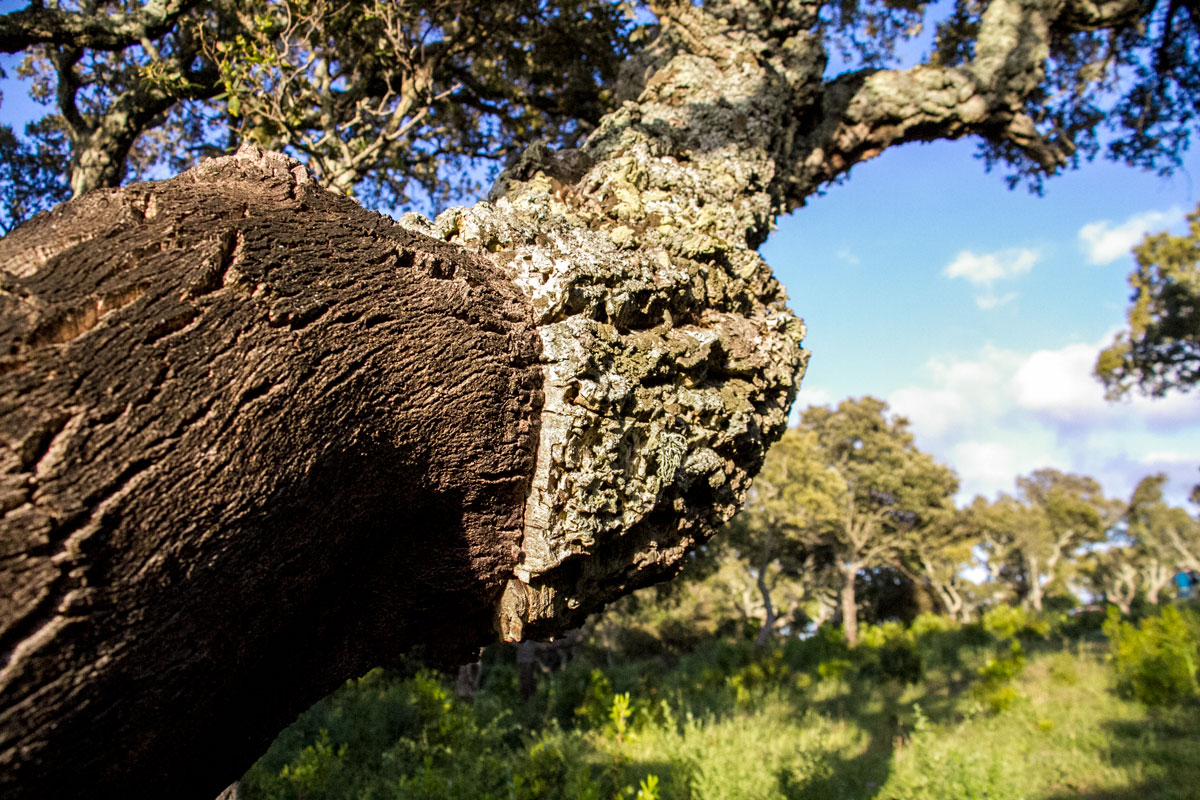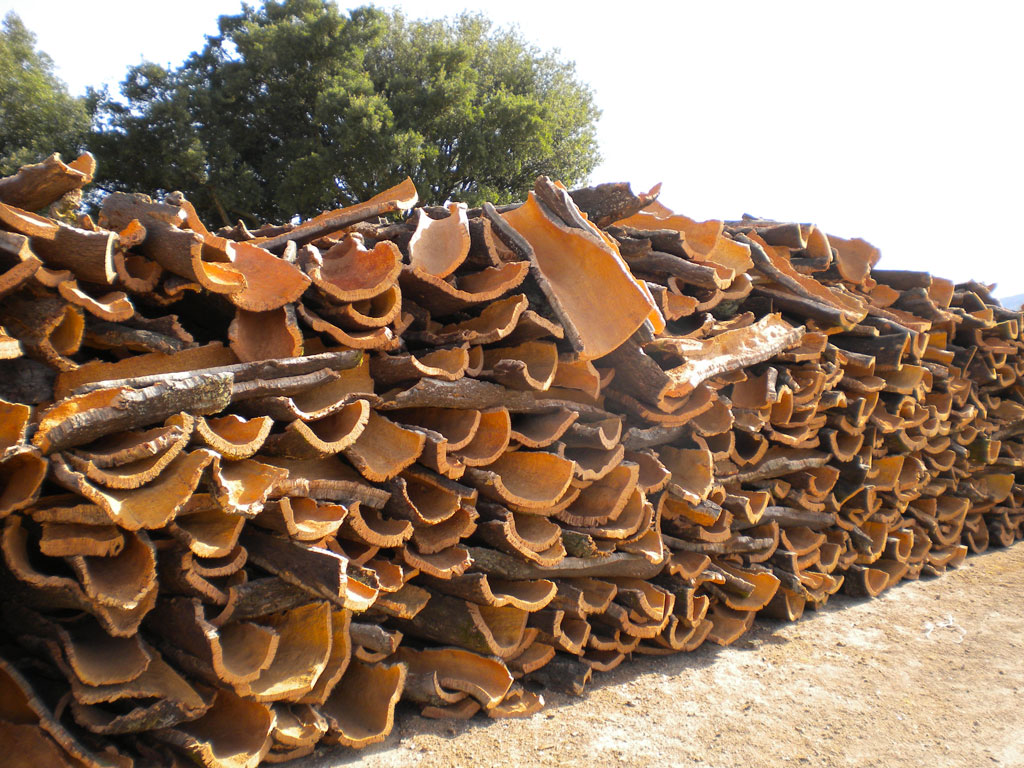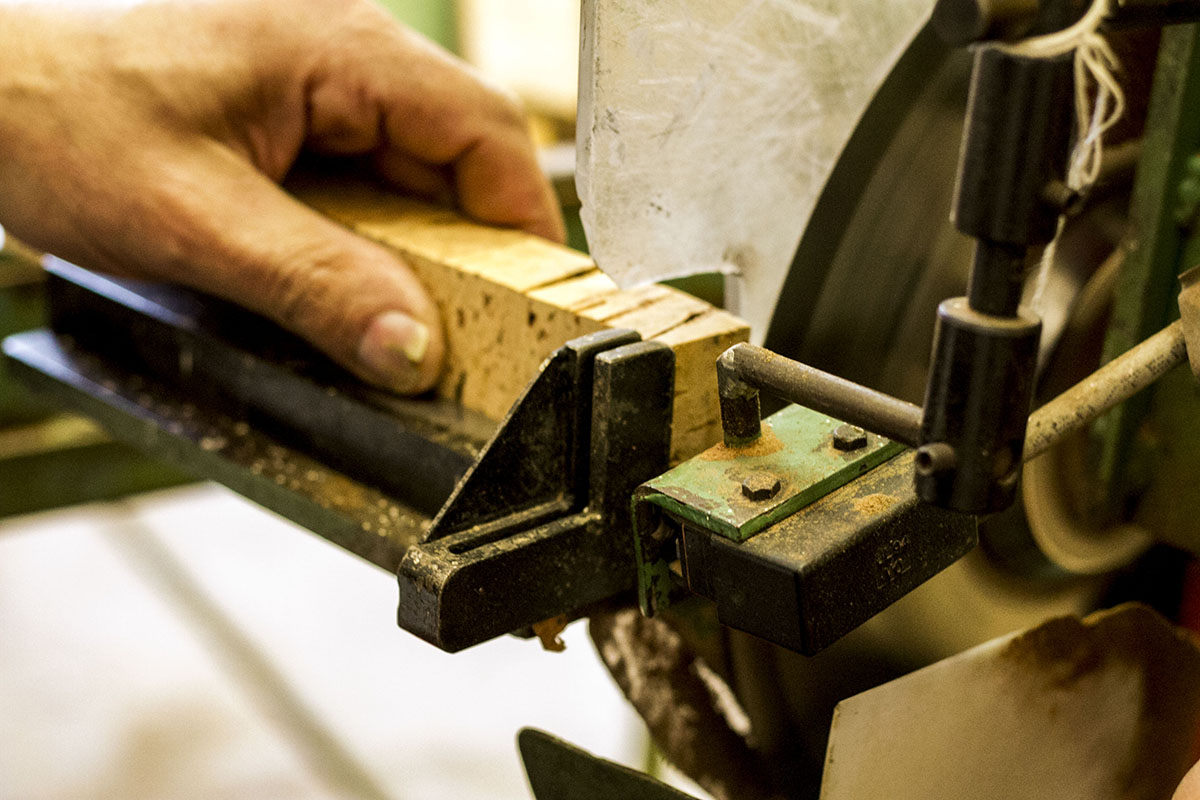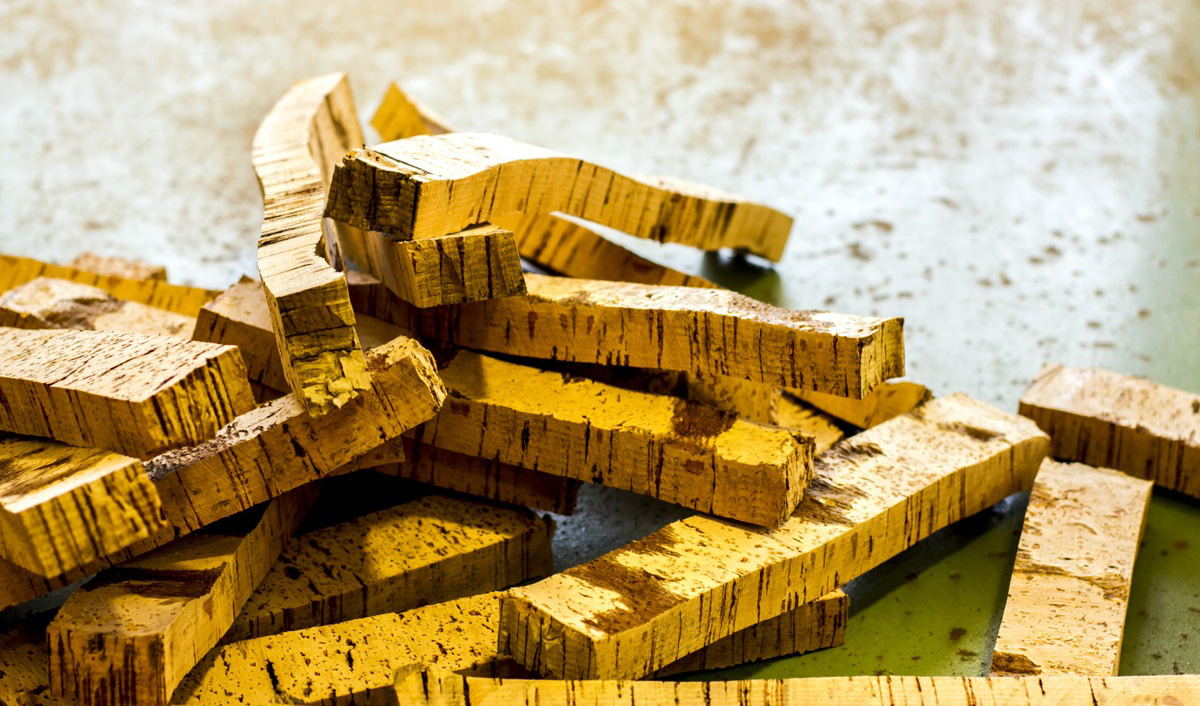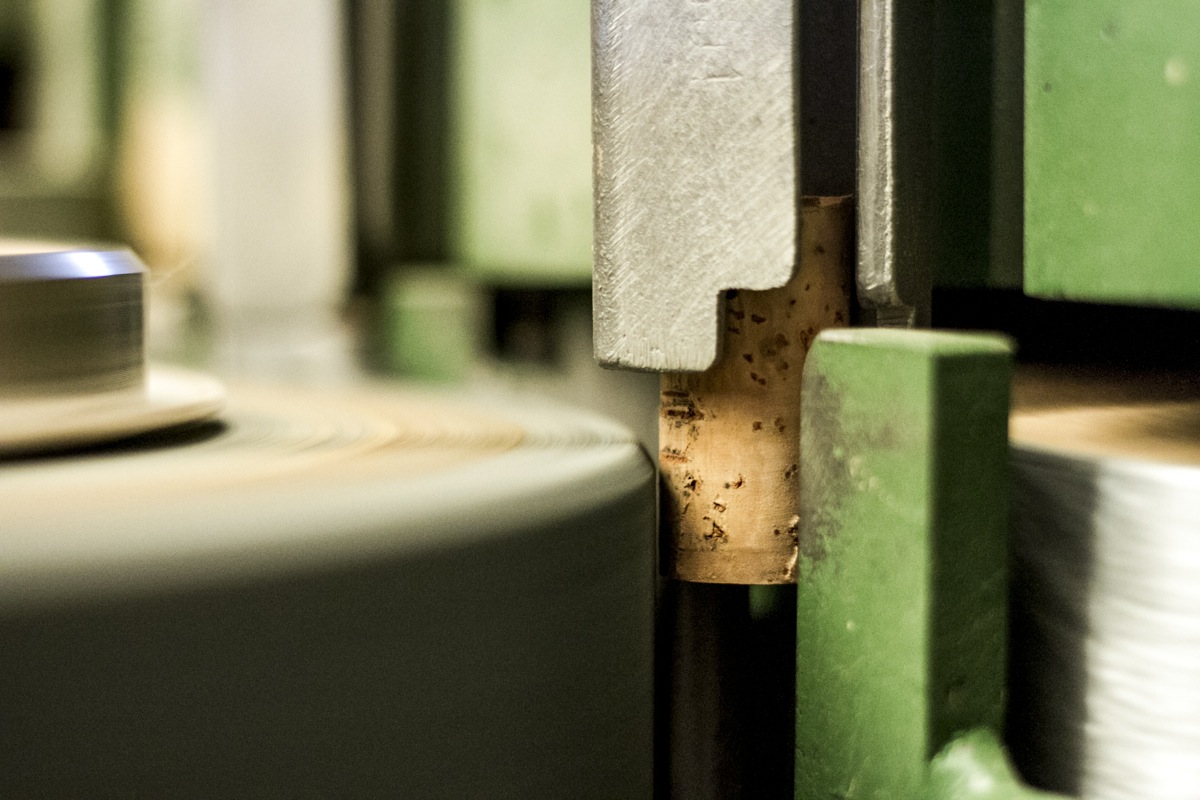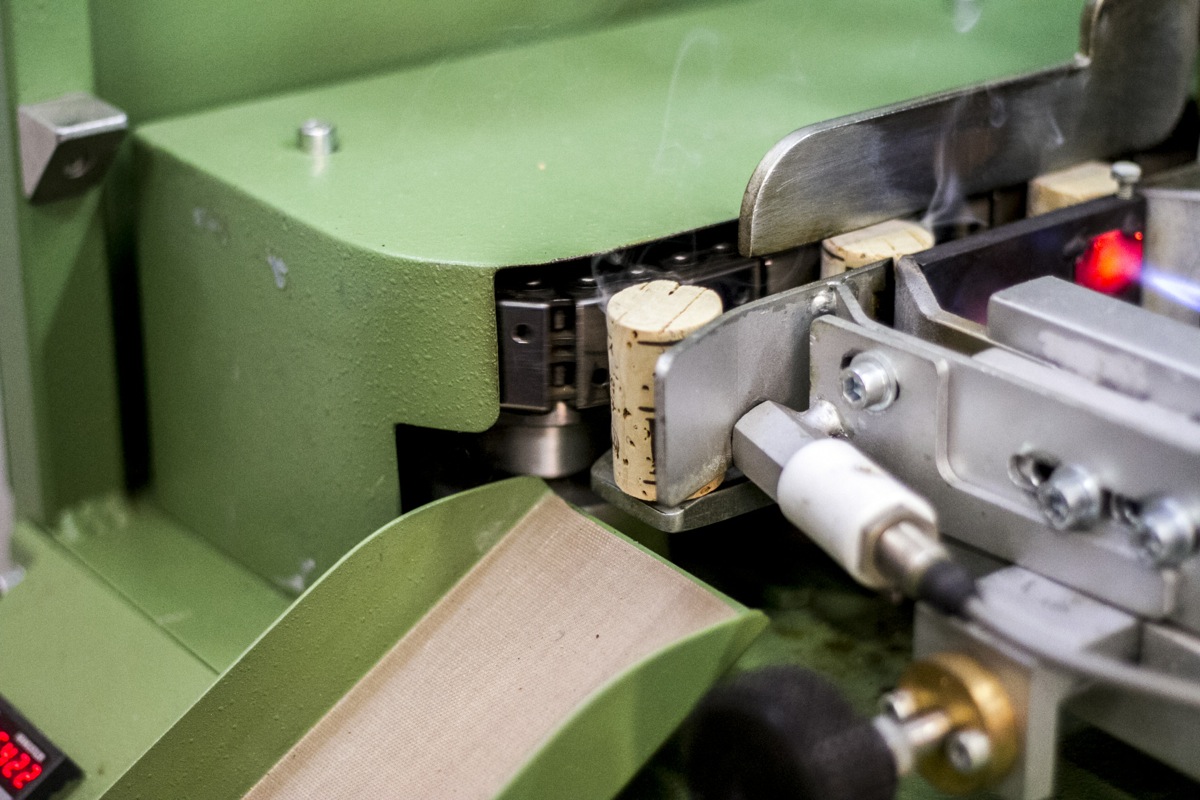Production
The entire production cycle is carried out according to the traditional cork manufacturing process and it is followed directly from the property to ensure the highest quality and the respect of the environment. From the extraction of the raw cork in the forests, some of which are owned by the company, to the sale of the finished product, Intersugheri follows in detail each stage of this ancient craft. Just as a good wine comes from a careful care of the vineyards, so a good cork comes from a careful selection of the raw material that is controlled, selected and processed according to tradition. After the extraction, the cork planks are stored in rectangular piles on sloping ground in order to facilitate the best air circulation and the drainage of water. During the aging, that lasts approximately 12 months, the cork fabric experiences the contraction and expansion that allow the elimination of most of the red powder contained inside the pores. During the curing period, the cork is kept raised up from the ground in order to avoid contamination with the soil itself. After the curing, the cork planks are boiled in steel tanks where the water is brought to a temperature of about 100 ° C. The boiling removes the parasites contained in the raw cork and reduces the content of tannin and water-soluble substances. After the boiling, the cork is selected and cut into strips from which the cork stoppers are obtained, by means of die cutting machines having rotating tubular blades perfectly sharpened. For the production of top quality products, the cork’s planks are hand cut into parallelepipeds called “small squares” from which the cork stoppers are manufactured. Subsequently, particular equipment shape the corks according to the size requested by the customer.















